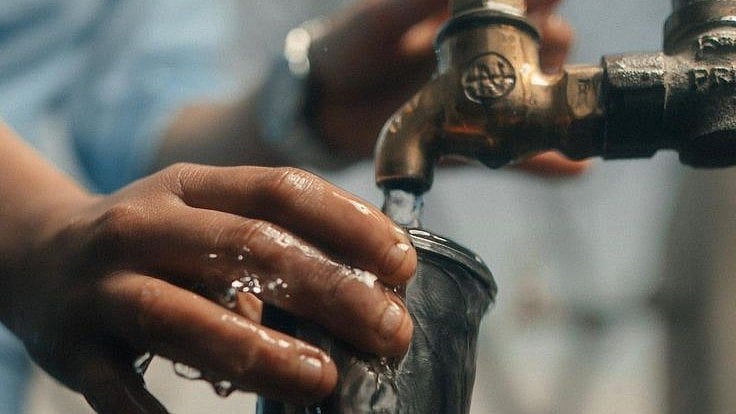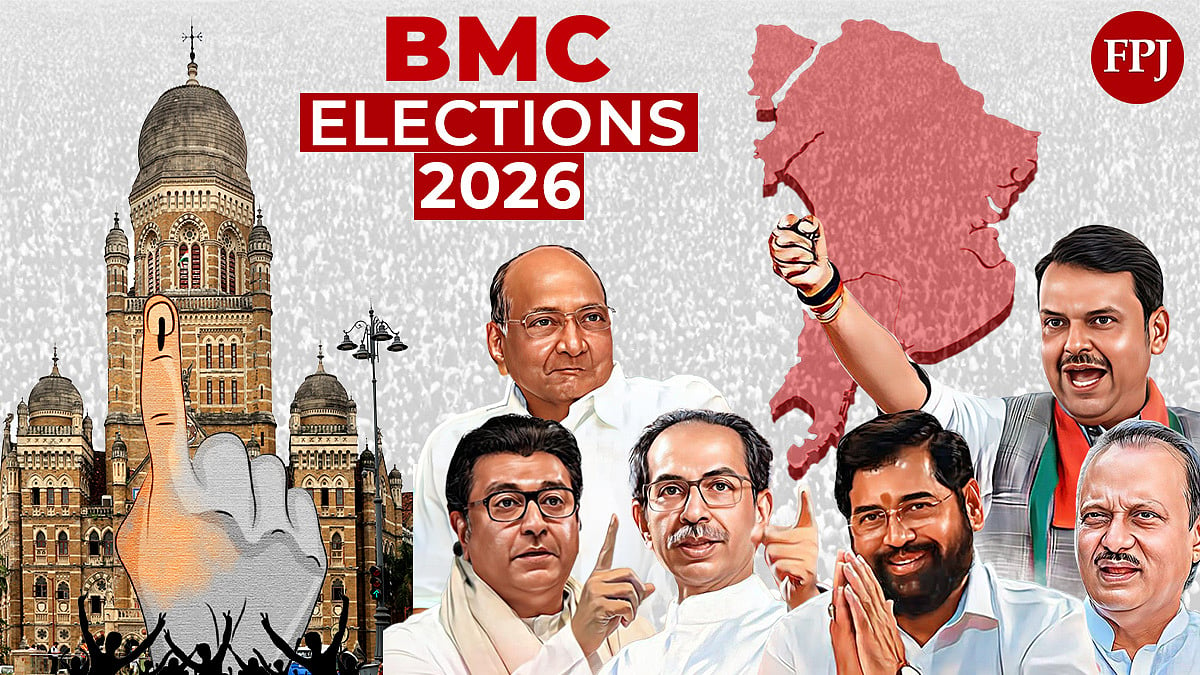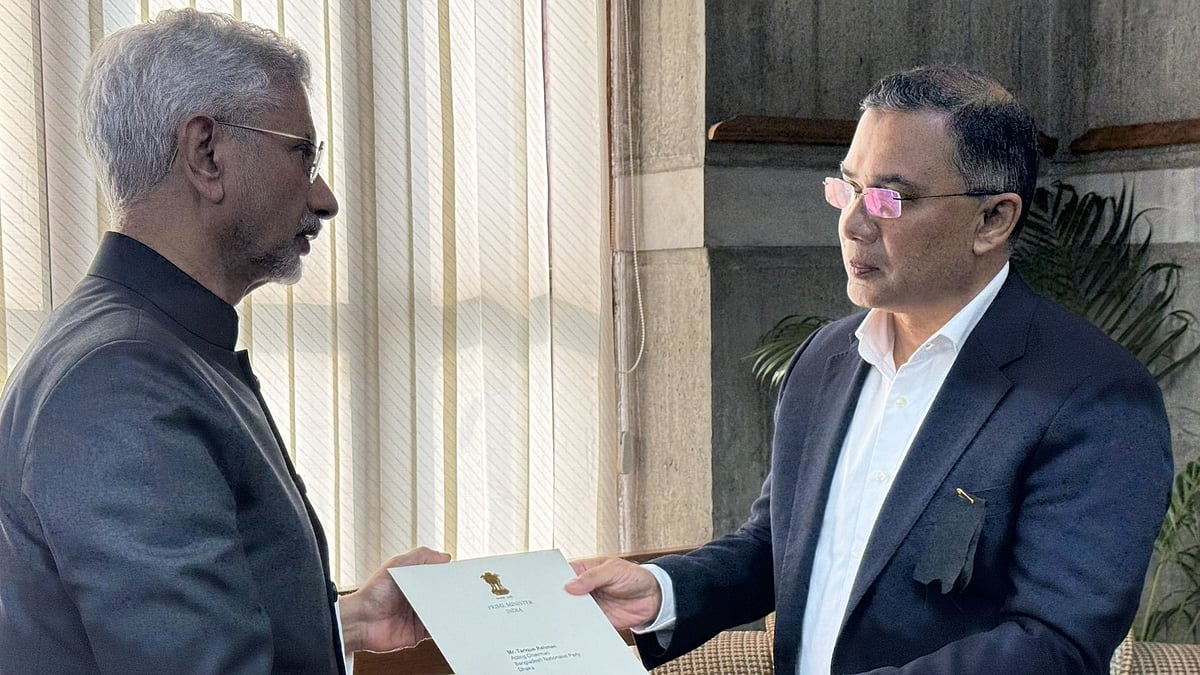The night before the budget is possibly any finance minister’s most harrowing time. The hard work is all done by then. However, the doubts on whether the policy pronouncements which accompany the budget’s accounting will go down in history as transformational reforms or as fiscal disasters weighs heavily on the mind of the minister charged with presenting the document bound in red before Parliament.
Luckily for Nirmala Sitharaman, India’s Finance Minister, she has many things going well for her. India’s economy grew by 8.2 per cent in 2023-24. The central Government’s tax revenue grew by a spanking 13.4 per cent. The Reserve Bank of India gifted her an unprecedented, all-time high dividend of Rs 2.1 lakh crore, while public sector enterprises gave away another whopping Rs 40,000 crore or so in record dividendpayout.
It can well afford to splurge on a number of populist schemes in the run-up to elections to large states like Maharashtra. It can also decide to give a few tax breaks to the middle class, it's most consistent supporters through three general elections. However, PM Modi's government has tended to be cautious and opt for fiscal consolidation, in a bid to show the world that India is a credible economic giant and not a flash in the pan.
The Union government’s fiscal deficit or the gap between its earnings and expenses has steadily fallen from 9.2 per cent of GDP in the year pandemic hit the world, that is 2020- 21, to 5.6 per cent in 2023-24. The Interim Budget, presented in February, had forecast it to be 5.1 per cent for FY 2024-25. However, with the coffers full, the government is likely to try and better those numbers and show off a more impressive number, by squeezing the deficit to near or below 5 per cent. Yet Sitharaman’s team may well fret in the middle of plenty.
The last election was a touch-and-go affair. Allies are no longer adjuncts to the BJP in the National Democratic. The support of two of them – the Telugu Desam Party and the Janata Dal (United) – is crucial for the stability of the alliance. Hence their demands for funds for the states they rule will have to be given some degree of priority. The two allies together have reportedly demanded over Rs 1.30 lakh crore from New Delhi, a sum which Sitharaman would find extremely hard to dole out despite a record revenue collection drive. However, some monies will have to be given out even if in driblets for Chandrababu Naidu’s dream project of a new capital at Amravati and for Bihar’s decaying bridges, which keep falling down all over the place. On the other hand, the nation faces existential crises of its own. Unemployment, especially youth unemployment,uneconomic agricultural returns to farmers and rising food prices made worse by climate change, and the lack of adequate spending on healthcare and education, remain popular grouses which saw the ruling alliance lose ground in large swathes of the country, including in India’s most populous state of Uttar Pradesh. These have to be addressed and addressed fast.
All this places tremendous pressure on the government of the day to spend part of its huge pile of cash on social sector schemes, at least for the optics of it. As well as on schemes such as the ‘Productivity Linked Incentive’ to set up new factories which could create jobs for India’s young unemployed. The slow death of small workshops and factories which host most jobs in India as they use labour-intensive technologies, as well as the rise Sunrise sectors such as electric vehicles and the digital economy which could help India jump ahead in the fourth industrial revolution are other areas that India’s economic mandarins will have to look at. At the same time, they have to budget the fact that the world is closing in on India. Clouds that were absent in the first ten years of the NDA rule have darkened global skies.
The United States of America is locked in a “mortal combat” with China, reminiscent of the Cold War with the Soviet Union. China itself has entered the Indian Ocean building bases in Myanmar’s Kyaukphyu, Sri Lanka’s Hambantota and Pakistan’s Gwadar which ring India from the South even as it bolsters forces in the high Himalayas, overlooking India in the North, with new jet fighters, mountain tanks, and missile silos. At the same time, India’s trade routes are threatened both to the west by the war between Israel and Hamas and to the east by China’s intransigence over freedom of navigation through the South China Sea. As a consequence, India has been steadily hiking its defense modernisation budget.
In the interim budget, it had kept over Rs 1.39 lakh crore for buying new aircraft, upgrading old ones such as the trustworthy Sukhoi 30 Mk1, two regiments of S-400 Triumf surface-to-air-missiles from Russia, and additions to the naval fleet and new Zorawar tanks. This figure may go up substantially given the new threats which the defence forces perceive. Of course, North Bloc, home to India’s finance ministry will also have to do all the jugglery on spending on development and guns after taking care of its burgeoning permanent running costs. On average it has to spend one-fifth of its budget on interest pay-outs on past debt. Salaries and pensions, account for another 12-13 per cent. Subsidies for food, fertiliser and fuel account for about 6 per cent. Another 28 per cent is given to states as their share of taxes and transfers. This leaves just about a third of the budget to play around with for everything else.
The interim budget was worth Rs 47.65 lakh crore. The final budget is likely to be around 50 lakh crore or so, which means even after making good the statutory spending, the amount available to Nirmala Sitharaman when she gets up to make her seventh budget speech, to splurge on schemes, will still be huge. Unless, of course, the desire to be cautious and squeeze expenses, takes over the soul of her budget.









